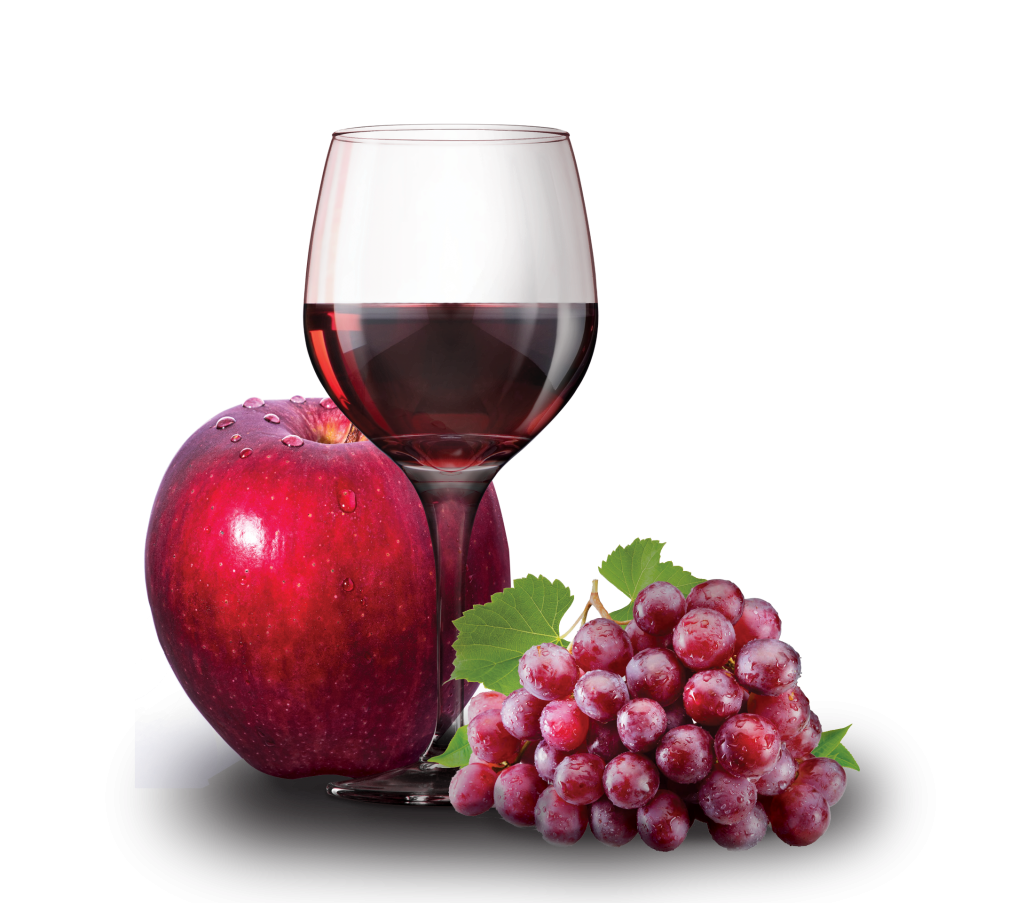
The moment my skin pricks with the first crisp snap of fall air, my mind races with all of the fall vegetables and fruits that I can cook with, and the red wines to pair with them. A large portion of those wines comes from Piedmont, Italy, located in the northwest part of the country. It is a large area, but the most famous wines come from around the towns of Alba and Asti, amongst the fog-covered hills. Barolo and barberesco are justly considered some of the great wines of the world; however, for most fall dishes, I look for something a little easier and simpler. Instead of barolo or barbaresco, I choose a nebbiolo with a Langhe designate. They are usually much more accessible young and more gently priced, often in the $20 – $25 range. Vajra, De Forville and Vietti are all great examples. Vietti is a great barolo producer, and likewise, their regular nebbiolo wine veers toward the large scale, with some hefty tannins and darker fruit. De Forville, a barbaresco winery, makes a Langhe nebbiolo that is perfect for fall. The fruit is more red than black, and smells of forest floor capture a lot of fall qualities. There is something in the wine that is of the earth, just like the root vegetables we often eat this season.
The other two major red grapes of Piedmont are dolcetto and barbera, which also serve for an understanding of wine terms. The dryness and structural feel you get from dolcetto? Those are tannins. The brightness and structural feel from barbera? That is acidity. I’m a fan of dolcetto and its youthful energy and the textural feel of the wine. Poderi Cellario is a great producer to look for. But I’m in love with barbera. Many winemakers take special pride with their barbera. While barolo and barberesco bring the international acclaim and high prices, it is barbera that everyone, including themselves, drink. It remains a good value with many great options available. There are higher end bottlings out there of old vine single vineyards, but most barberas cost less than $20. Some, like Elio Perrone’s Tasmorcan, are delightfully fruity and vibrant. Others, like Cantene Valpane, are full of different fruits and spices, with each sniff and sip bringing out a new flavor. There are dozens of great producers available, but the one thing they have in common is that bright acidity that is perfect with food and a little textural crunch that pairs so well with squash, apples and other fall bounties. Of course, there is also that vibrant, beautiful red fruit. It works with grilled burgers on a hot sunny day, or with pork chops and apples on a day that requires more comfort.
And if you are looking for something light and refreshing with the apple pie after dinner? Don’t forget moscato d’asti, the original moscato. These are sweet but refreshing, slightly sparkling, and rarely more than 6% alcohol. I am partial to Vietti’s rendition, which is usually around $16. It tends to have a great freshness to it.
We are also seeing a lot more varieties from Piedmont entering the states. Grapes like freisa and grignolino are fun wines, often made in a light style, and usually incredibly drinkable. Many producers often make blends as well. The Elvio Tintero Red ($13) is like cranberries in a bottle, while G.D. Vajra ($16) produces a dry fruit blend that is a delight. Luigi Giordano makes a very light, beautiful example of Rosso ($18) that can be served with a slight chill. Much of the fun in drinking wine comes in experimenting with bottles. Enjoy exploring Piedmont!
